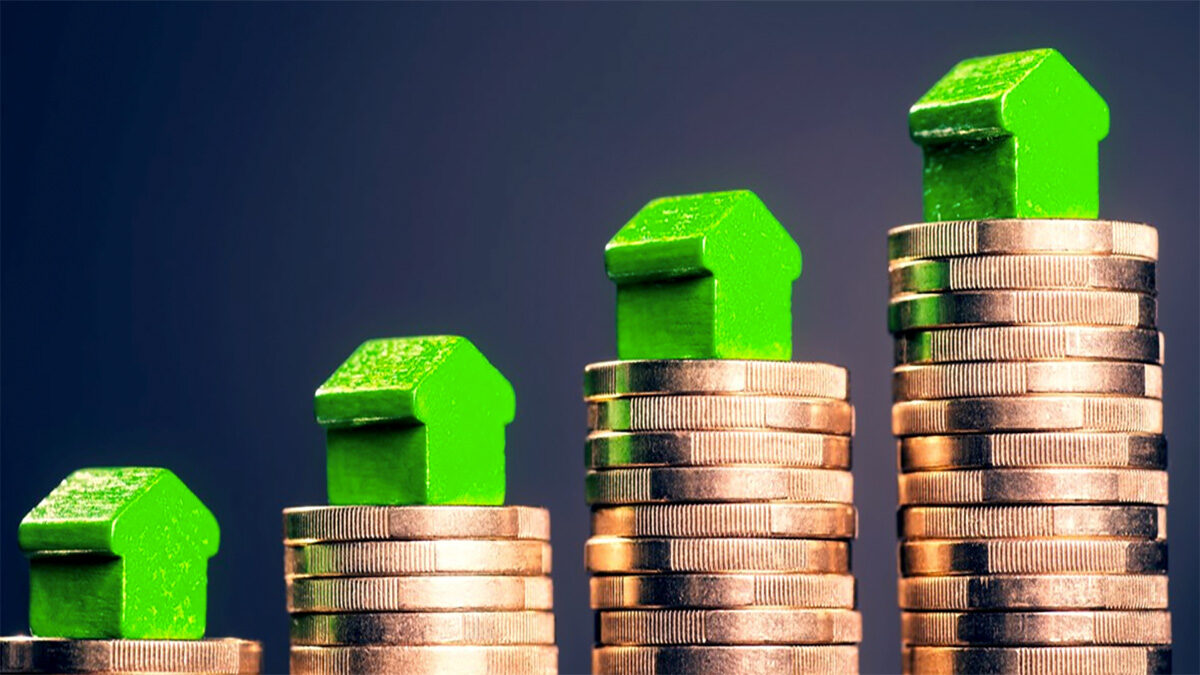Yes, I know the headline is provocative, however, the goal was to get your attention. The “drug” I’m talking about has been around for almost 60 years in the HVAC/R industry. It’s rebates.
Rebates went “mainstream” for distributors in the 1960’s. In the electrical industry the first marketing group (then called a buying group) was formed. The genesis of that organization is now IMARK Group (Blue Hawk is their HVAC/R division). Shortly thereafter the HVAC industry developed groups.
The first “buying” group in the electrical industry was an organization called SIED (Southern Independent Electrical Distributors) which was the outgrowth of 12 distributors pooling their purchases to get a manufacturer to pay for a weekend of golf. Surprising?
Now rebates can be viewed as a drug … something that distributors are dependent upon, for their profitability whether they are part of a marketing / buying group or negotiate deals independently Distributors “expect” to get “paid to purchase” from a supplier.
In fact, if you look at distributor net profitability over the years, it is reported that rebates range from 40-100% of distributor net profit based upon the distributor and the year.
And this is why rebates can be equated to drugs. They can either be:
- A supplement that supports the business and enables continued, or accelerated, investment. This would be a “good” drug. Or
- Distributors can be debilitating and enabling, with distributors becoming dependent upon them. For some companies the rebate becomes their sole profit, or perhaps a bonus (or income) for ownership and the remainder of the business operates at a breakeven … or worse.
While manufacturers are the dispensary, many recognize that they are a “requirement” in the marketplace and that “withdrawal” can have its consequences.
From a manufacturer viewpoint rebates can be a strategy to drive growth and strengthen relationships, a door opener and/or an embedded cost within product pricing.
Don’t get me wrong. I’m not suggesting that incentives (rebates) are a negative. They can influence behavior. In fact, I started my career in the performance marketing / incentive industry developing strategies to help manufacturers and distributors affect the “behavior” of their customers. At that time, we used primarily non-cash rewards (group travel and merchandise) but at times cash was involved. For some clients we developed tiered strategies that were business builder initiatives and involved rebates and more.
After that industry I joined IMARK Group and was involved in negotiating rebates with suppliers and helping distributors optimize their profitability performance by supporting IMARK suppliers.
Today, one of the areas where Channel Marketing Group helps manufacturers is development of rebate strategies as well as helping distributors optimize their performance.
State of Volume Rebates
Given that rebates have been around for about 60 years, they are a mature element of the business, and not going away. The question then becomes are they a retention strategy (some confuse the term retention with loyalty) or a growth driver (or incentive)? For distributors, are they an intentional profit enhancer or an accidental end of year bonus?
Much depends upon how both parties plan, administer, communicate, and work the plan to get the planned results.
 Recently Channel Marketing Group conducted research for Enable to better understand the State of Volume Rebates. We heard from over 260 manufacturers and distributors with over 80% of the respondents in the construction and industrial trades.
Recently Channel Marketing Group conducted research for Enable to better understand the State of Volume Rebates. We heard from over 260 manufacturers and distributors with over 80% of the respondents in the construction and industrial trades.
I’ll be sharing key findings next Thursday, 11:00 am EST via a webinar. Webinar registrants will receive an advance copy of the white paper that has been written.
Some key takeaways that we’ll discuss, and /or confirm, include:
- Rebates are integral to distributors’ profitability equation (and we’ll share by how much, according to respondents)
- While an expectation, achievement must be “driven” to optimize earnings. (spoiler alert … distributors believe that the game they play is called “horseshoes and hand grenades”)
- Manufacturers have improved administration of their rebates, but opportunities exist to further enhance communication systems and provide sales tools to influence distributor achievement.
- Leading distributors are intentional in their rebate optimization strategy. (and it directly ties to them being top tier in net profit.)
- And we’ll highlight what some are doing to further grow their business.
John Gunderson, Senior Channel Consultant, Dorn Group, and a 25-year distribution veteran with national distributor experience will also share insider best practices.
The research covered feedback from distributors and manufacturers. We’ll be “direct” in how both parties think and share ideas on how both parties can improve, helping each achieve their mutual goals … increasing sales for manufacturers, improving profitability (and maybe sales) for distributors.
Distributors, achieving your 2023 profitability objectives will require you to be intentional with your growth and purchasing strategies to ensure rebate attainment. Why? Because the rebate growth that you’ve earned the past two years, which was driven by inflation and supply chain constraints (enabling rebate achievement with more manufacturers) may have represented the peak of rebate earnings.
Join us next Thursday at 11:00 AM EST for our State of Volume Rebates webinar, sponsored by Enable.
